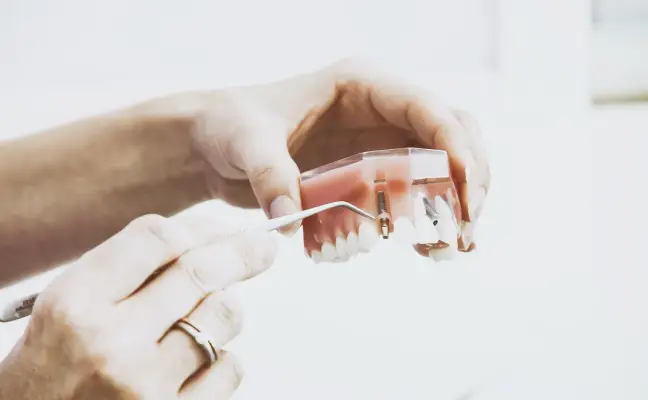The Geography of the Tooth Surface and How it Appears Based on the Effects of Light Reflection

The mouth is a small part of our overall anatomy, filled with many parts and roles, all of which work together to help in eating, drinking, speaking, and producing a radiant smile. Apart from the roles, the key players of our tooth surfaces are incisors, canines, premolars, molars, crowns, gums, root, enamel, and pulp.
However, you might have heard about the tooth surfaces Distal and Mesial? Well, distal refers to the back surface of the tooth, while mesial refers to the forward surface of the tooth. Now, let us first consider the surfaces of the tooth.
When identifying teeth and referring to a specific area of the tooth, it is necessary to identify the name and designation to where it is located. There are approximately 32 teeth with 7 surfaces, and each surface has its own name. Teeth are also arranged in number, but the most common is the universal system, where the teeth are numbered from 1-32, beginning with the maxillary right third molar.
Surfaces of The Teeth:
- Distal: It's the tooth surface that is away from the midline of the face. It's also known as the backside of the face.
-
Facial: It's the tooth surface that faces the cheeks and lips. It is subcategories as:
- Labial: The tooth surface that lies towards the lips.
- Buccal: The tooth surfaces that lie towards the cheeks.
- Mesial: It's the forward side of the tooth that is closest to the midline of the face. It's located in between the chewing surface of the tooth.
- Incisal: It's the bitting edge of the anterior surface of the tooth.
- Lingual: It's the part of the tooth surface that faces the tongue, and is nearest to the tongue.
- Occlusal: It's the chewing surface of posterior teeth.
- Proximal: It's the region in tooth surfaces that are next to each other i.e., distal of the lateral incisor and mesial of canine.
Now, you might have come to know about the surfaces of the teeth. Let us now dig more into the backward and forward portion of the tooth surfaces known as the distal and mesial.
What is Distal and Mesial Tooth Surfaces?
A distal tooth surface refers to the back surface of your tooth, whereas mesial tooth surfaces refer to the front surface of your tooth. The mesial tooth is easy to clean and floss, but the distal tooth is located at the back of your teeth that is hard to see and challenging to clean. That's the reason they are susceptible to tooth decay. Our Cosmetic Dentist in Apex NC recommends to carefully brushing all surfaces of your back teeth, including the distal tooth surfaces.
Effect of Light Reflection on Teeth:
In teeth, the dominant wavelength is reflected in the yellow-orange range. But, how a tooth color is recognized depends on the following factors:
- The quality of light incident on a tooth
- The sensitivity of the eye
- The particular reflective, absorptive, and transmissive optical properties from a different level within the teeth.
- The condition under which a tooth is being viewed i.e., oral cavity, angle, and the color of the surrounding objects.
Therefore, the recognized color of a tooth results from the combination of light directly reflected from the tooth surface combined with the light that has entered the tooth gets internally refracted and then reflected off the dentin back to the viewer.
Conclusion
The geography of the tooth surface is dependent on the shape and position of teeth in the mouth. For more information about the geography of the tooth surface and dental health visit our Dental Clinic in Apex NC or make an appointment with your Apex NC Dentist Dr. Chirnalli by calling us at (919) 380-8888.



